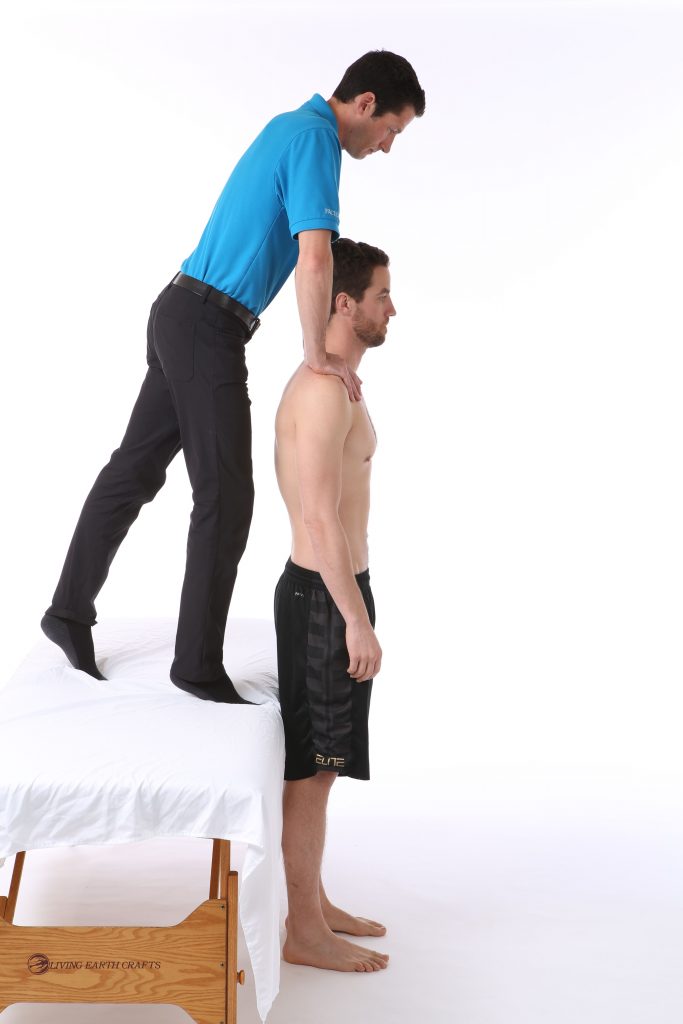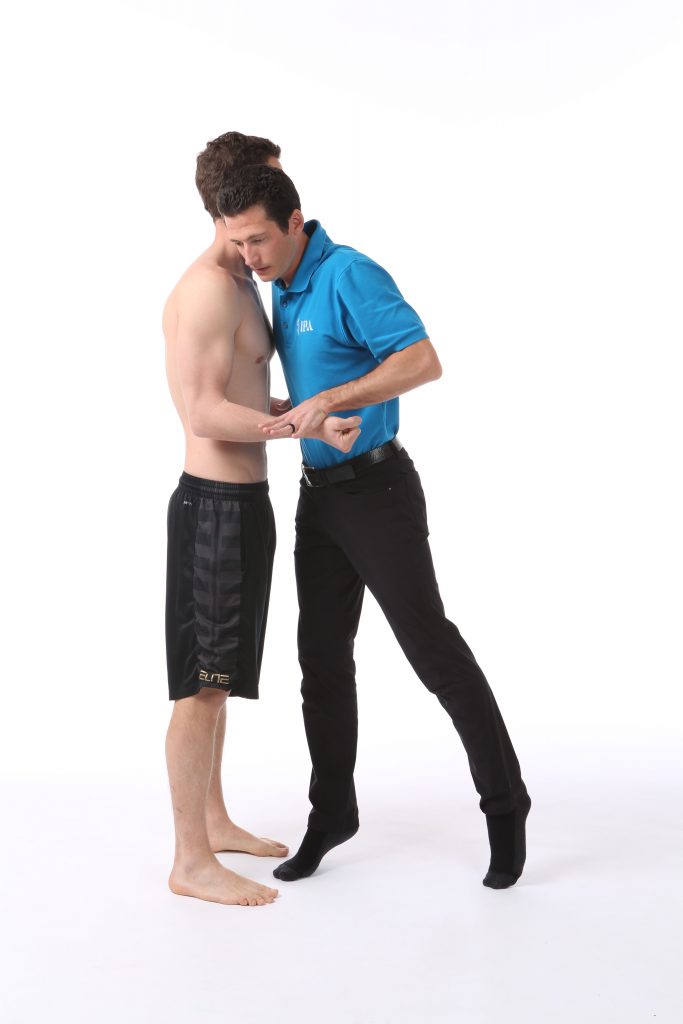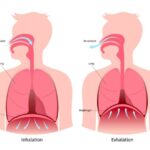Recently, there has been an increase in the dialogue around posture – both in professional journals and online. Much of this has been focused on posture’s possible impact on the experience and severity of low back pain. As a physical therapist who addresses posture and body mechanics with every client I work with, I want to share my viewpoint.
We all have biases
Every human has biases. One such bias is called confirmation bias. This means we have a tendency to look for evidence that supports our viewpoint and to interpret new evidence as a confirmation of our existing beliefs. Please understand that my confirmation bias is that posture does matter, when it matters.
We can find research articles that conclude that there is a relationship between posture and pain. And we can find research articles that conclude there is not a relationship between posture and pain. Although research cannot consistently prove that posture is the cause of a person’s pain, that does not mean that a person’s posture is not contributing to their pain. Therefore, research is part of the equation, not the whole equation. Clinical experience and client preference play a significant role in creating the appropriate treatment. Overall, there is currently a lack of research regarding the effects of posture on function.
‘Posture does matter, when it matters.’
Pete Rumford
In the simplest sense, posture is important when it is relevant to the individual seeking resolution of pain or improved function/performance. My bias, that posture DOES matter, is based on countless experiences related to skilled postural correction resulting in the following:
- Decreased low back pain, neck pain, shoulder pain, etc.
- Reduced radicular symptoms (radiating pain or symptoms down your legs or arms)
- Increased strength (upper and lower body)
- Improved balance
- Improved continence
Functional Tests for Posture
I use two functional tests to determine if posture plays a role in a client’s presentation. These tests, taught exclusively through the Institute of Physical Art, are the Vertical Compression Test and the Elbow Flexion Test.

Vertical Compression Test
The Vertical Compression Test is a test of force transfer. During this test practitioners apply force through the shoulders with the client in standing and observe for two things: ‘buckling’ through the system and reproduction of pain. For example, if there is a ‘buckling’, this is indicative of dysfunctional force transfer. If there is pain with this postural test, their posture is likely contributing to their pain experience. I have performed this test on hundreds of clients and reproduced their pain. Many times, following postural correction, I can apply the test again (often with much greater force) without reproducing their pain. In this case, I conclude their posture is a significant contributor to their symptoms.

Elbow Flexion Test
The same reasoning is applied when performing the Elbow Flexion Test. However, this is a test of neuromuscular response to an external load and the resultant strength without perturbation.
This test allows us to understand which alignment for each individual maximizes their core muscle’s ability to generate and maintain trunk stability (the result of intra-abdominal pressure). A stable trunk allows your arms to stabilize against a greater force.
Conclusion
To conclude, posture is important when it is found to be important. It is also the tip of the iceberg– how we move is often a major contributor to pain and dysfunction. Moreover, posture is often trained (and even discussed in literature) as a static state. When in fact it is the dynamic starting point of all movement (motor control). If a postural contributor is identified and corrected, it empowers the client and promotes self-responsibility.
The Vertical Compression Test and Elbow Flexion Test are taught by the Institute of Physical Art as part of the Functional Manual Therapy Curriculum
References
- Collins, CK et al. Reliability and Validity of the Saliba Postural Classification System. J Man Manip Ther. 2016 Jul; 24(3): 174–181.
- Dolphens M, Cagnie B, Coorevits P, Vanderstraeten G, Cardon G, D’Hooge R, et al. Sagittal standing posture and its association with spinal pain: a school-based epidemiological study of 1196 flemish adolescents before age at peak height velocity. Spine (Phila Pa 1976). Sep 1 2012;37(19):1657–66.
- Kendall FP, McCreary EK, Provance PG, Rodgers MM, Romani WA. Muscles: testing and function with posture and pain. 5th ed. Baltimore, MD: Lippincott Williams & Wilkins; 2005.
- Sahrmann S. Diagnosis and treatment of movement impairment syndromes. St Louis, MO: Mosby; 2002.
- Sahrmann SA. Does postural assessment contribute to patient care? J Orthop Sports Phys Ther. 2002;32(8):376–9.
- Sorensen CJ, Norton BJ, Callaghan JP, Hwang CT, Van Dillen LR. Is lumbar lordosis related to low back pain development during prolonged standing? Man Ther. Aug 2015;20(4):553–7.
- Van Dillen LR, Maluf KS, Sahrmann SA. Further examination of modifying patient-preferred movement and alignment strategies inpatients with low back pain during symptomatic tests. Man Ther. Feb 2009;14(1):52–60.






